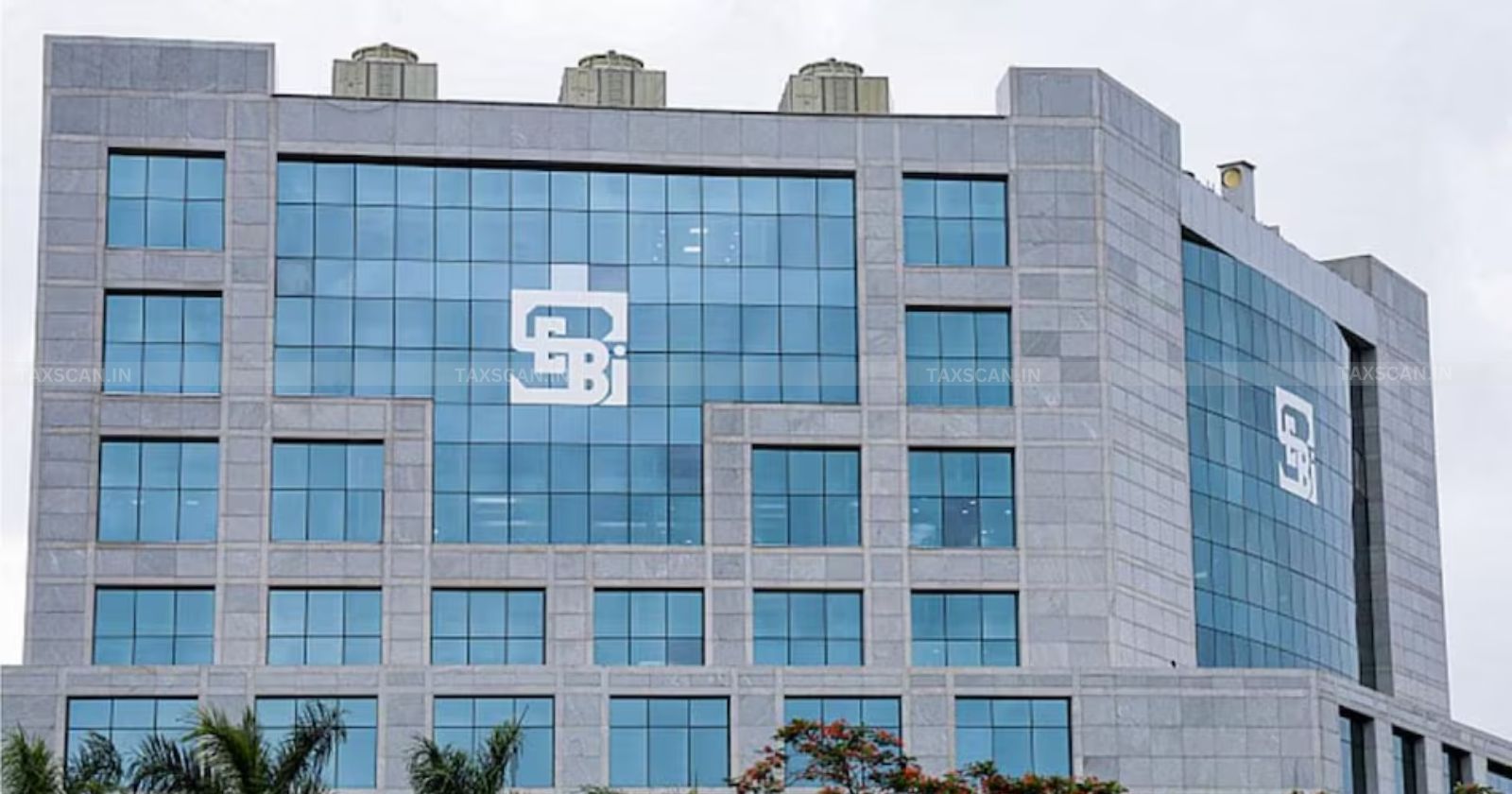SEBI Removes 'Technical Default' Classification in Credit Rating Policies to Promote Uniformity in Default Handling [Read Circular]
SEBI revises rules for Credit Rating Agencies, removing "technical defaults" and mandating stricter verification for non-payment scenarios beyond issuers' control

SEBI – Securities and Exchange Board of India – SEBI Technical Default Removal – Credit Rating Policy SEBI Updates – Taxscan
SEBI – Securities and Exchange Board of India – SEBI Technical Default Removal – Credit Rating Policy SEBI Updates – Taxscan
The Securities and Exchange Board of India ( SEBI ), through its notification No. SEBI/HO/DDHS/DDHS-PoD-3/P/CIR/2024/160 dated November 18, 2024, has introduced amendments to the Master Circular for Credit Rating Agencies ( CRAs ) issued on May 16, 2024.
To bring uniformity, the Securities and Exchange Board of India ( SEBI ) removed the term "technical default" from Para 15.3 of its Master Circular for Credit Rating Agencies ( CRAs ) and made other changes in the Master Circular. This notification is effective immediately from the date of publication.
Become a PF & ESIC expert with our comprehensive course - Enroll Now
Unchanged Default Definition for debentures/ bonds: A delay of 1 day even of 1 rupee (of principal or interest) from the scheduled repayment date. No exemptions are provided except in cases where the debt instrument is rescheduled by lenders before the due date of payment.
In May 2020, SEBI issued provisions to provide flexibility in assessing defaults corrected within shorter time frames in response to the challenges posed by the COVID-19 pandemic. These provisions, detailed in Para 15 of the Master Circular dated May 16, 2024, included:
15.1 - After a default is cured and the payments regularized, a CRA shall generally upgrade the rating from default to non-investment grade after a period of 90 days based on the satisfactory performance by the company during this period. CRAs may deviate from the said period of 90 days on a case to case basis, subject to the CRAs framing a detailed policy in this regard. The said policy shall also be placed on CRA’s website. Cases of deviations from stipulated 90 days, if any, shall be placed before the Ratings Sub Committee of the board of the CRA, on a half yearly basis, along with the rationale for such deviation.
15.2 - The CRA shall frame a policy in respect of upgrade of default rating to investment grade rating and place it on its website.
15.3 - The policies framed as above may include scenarios like technical defaults, change in management, acquisition by another firm, sizeable inflow of long-term funds or benefits arising out of a regulatory action, etc. which fundamentally alter the credit risk profile of the defaulting firm.”
Become a PF & ESIC expert with our comprehensive course - Enroll Now
The Working Group of CRAs has pointed out that non-payment of debt (principal or interest) can sometimes occur due to factors beyond the issuer's control, such as incorrect or incomplete investor information, dormant investor accounts, or government directives to freeze investor accounts. These situations do not reflect the issuer's financial ability or intent but arise from external challenges.
Now, keeping the recommendation of the Working Group of CRAs in line with ensuring uniformity, SEBI has removed the term "technical defaults". Instead of using this ambiguous term, SEBI has mandated that any instance of non-payment even if caused by external factors beyond the issuer's control such as incorrect investor information or frozen accounts must be thoroughly verified by Credit Rating Agencies (CRAs).
In the case of non-payment, the CRAs must verify:
- Adequate availability of funds with the issuer.
- Proof of failure due to these specified reasons.
- Deposit of required payment into a separate escrow account maintained by the issuer with a scheduled commercial bank.
The SEBI mandates CRAs to disclose the following details for cases of payment failures:
| Name of the Security | ISIN | Amount to be Paid | Due Date of Payment | Amount of Payment Made | Amount of Payment Failed | Reasons for Failure of Payment |
This includes:
- Name of the security.
- ISIN (International Securities Identification Number).
- Amount to be paid.
- Due date of payment.
- Amount paid.
- Amount of payment failed.
- Reasons for failure of payment.
Become a PF & ESIC expert with our comprehensive course - Enroll Now
Issuers are advised to use mechanisms like the penny-drop verification facility offered by banks to ensure payments are correctly remitted and to minimize technical issues in payment processing.
Amended Para 15.3 - “The policies framed as above may include scenarios like change in management, acquisition by another firm, sizeable inflow of long-term funds or benefits arising out of a regulatory action, etc., which fundamentally alter the credit risk profile of the defaulting firm.”
The circular is issued under SEBI’s authority as per Section 11(1) of the SEBI Act, 1992, and Regulation 20 of the CRA Regulations, to safeguard investors’ interests and regulate the securities market.
To Read the full text of the Order CLICK HERE
Support our journalism by subscribing to Taxscan premium. Follow us on Telegram for quick updates


